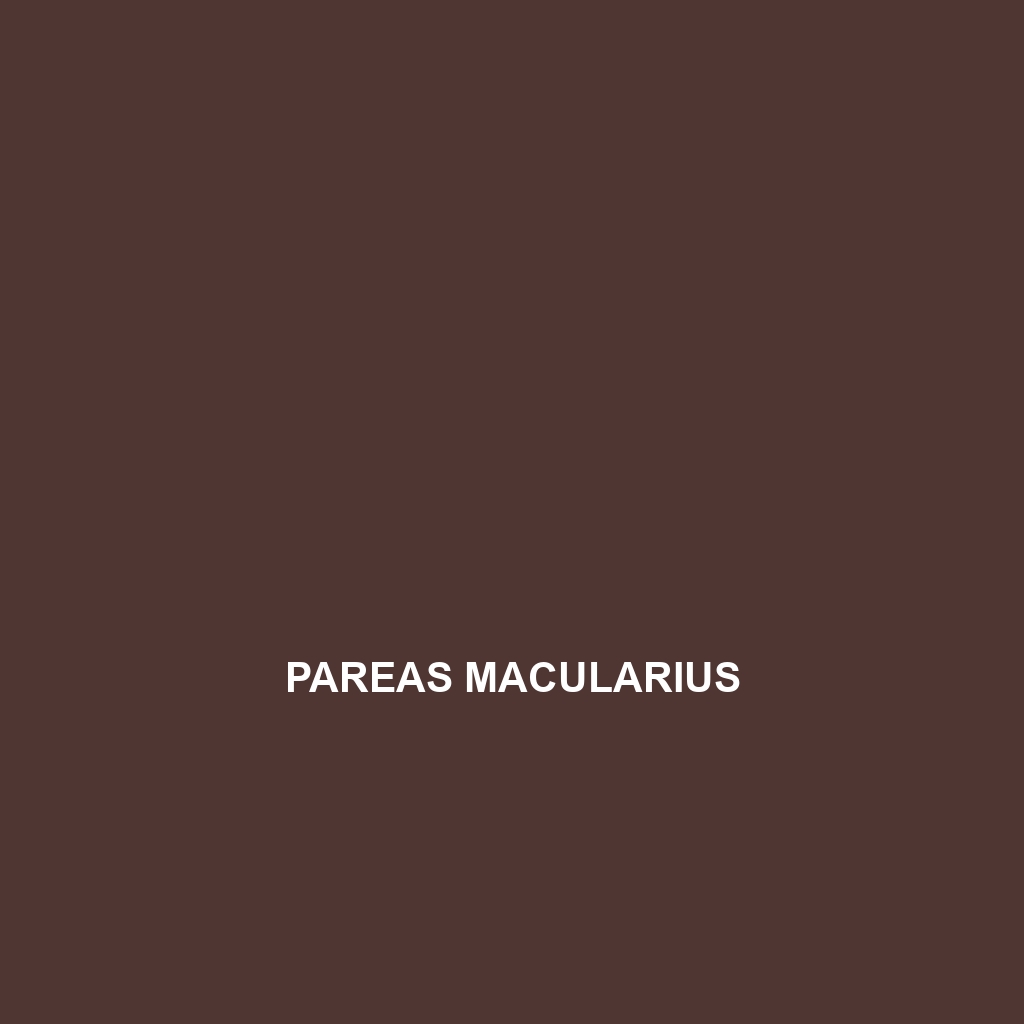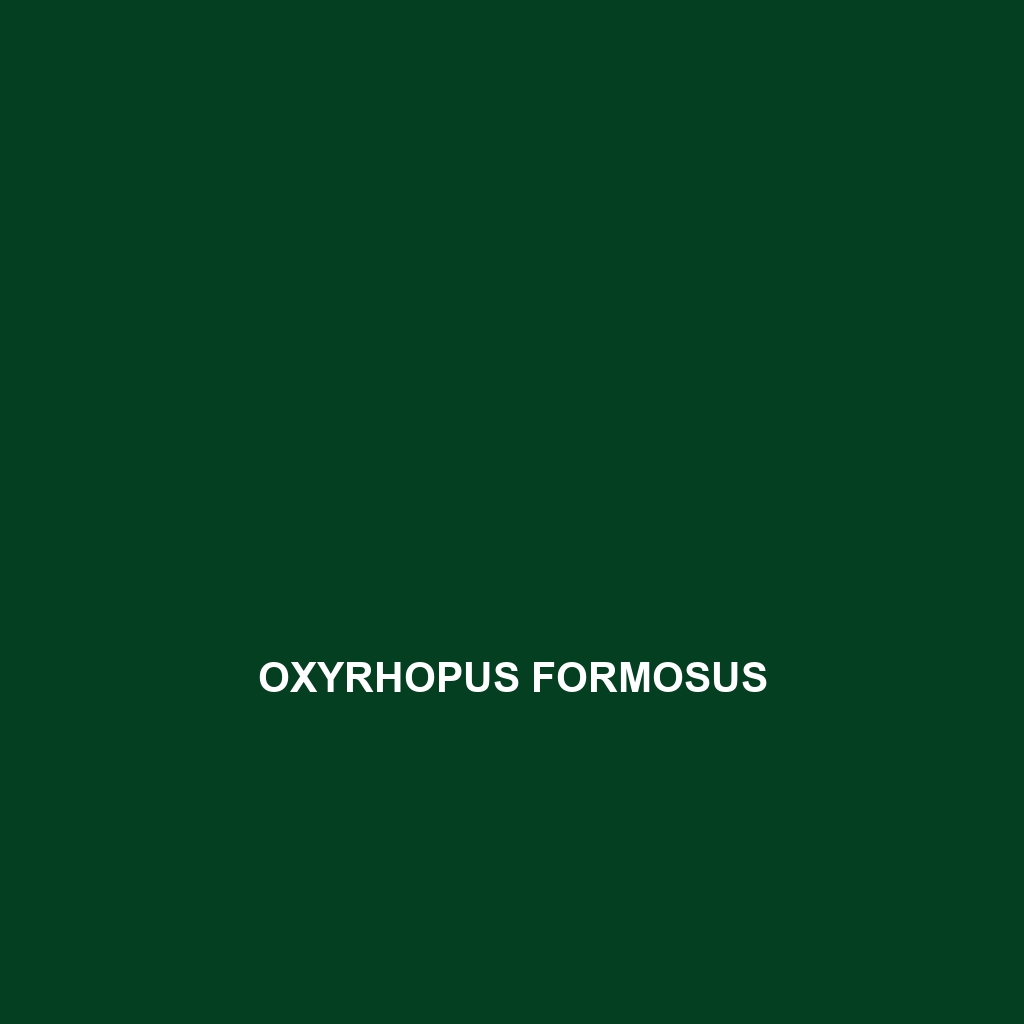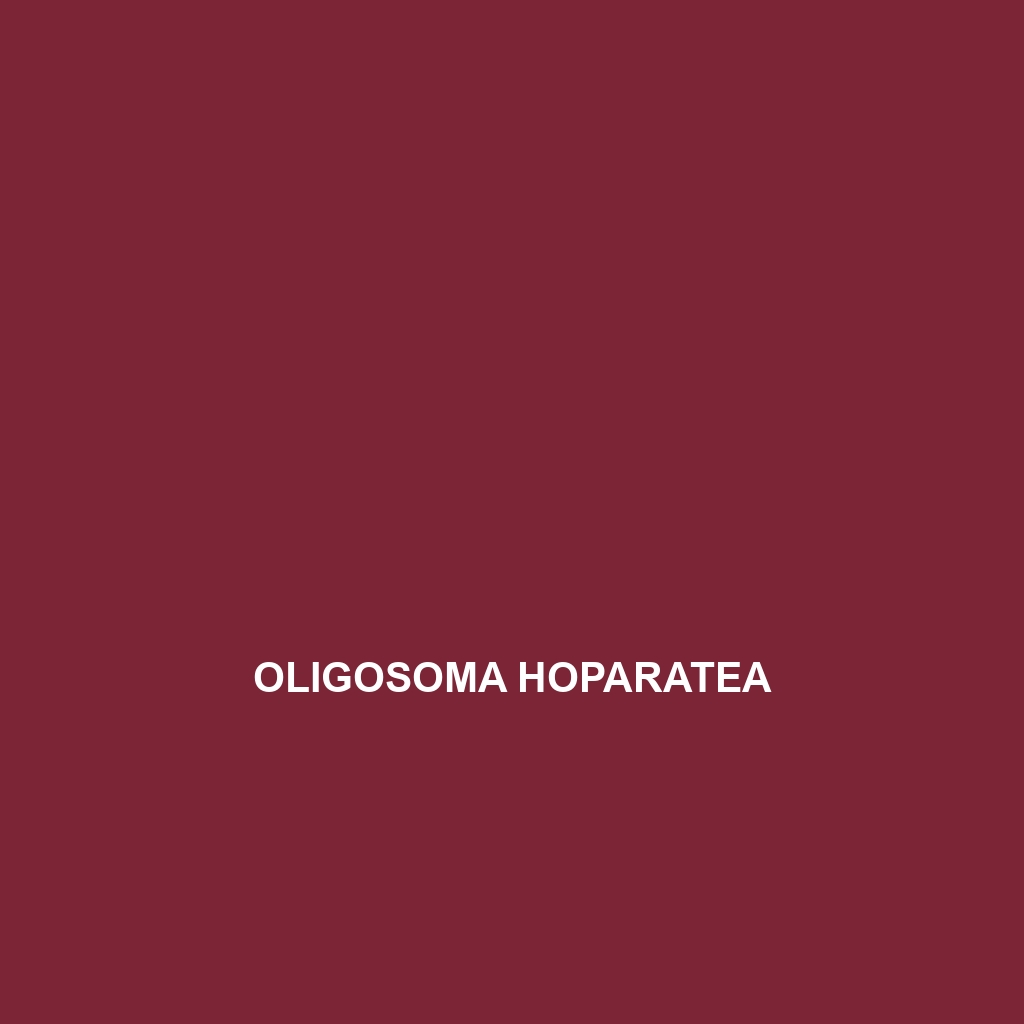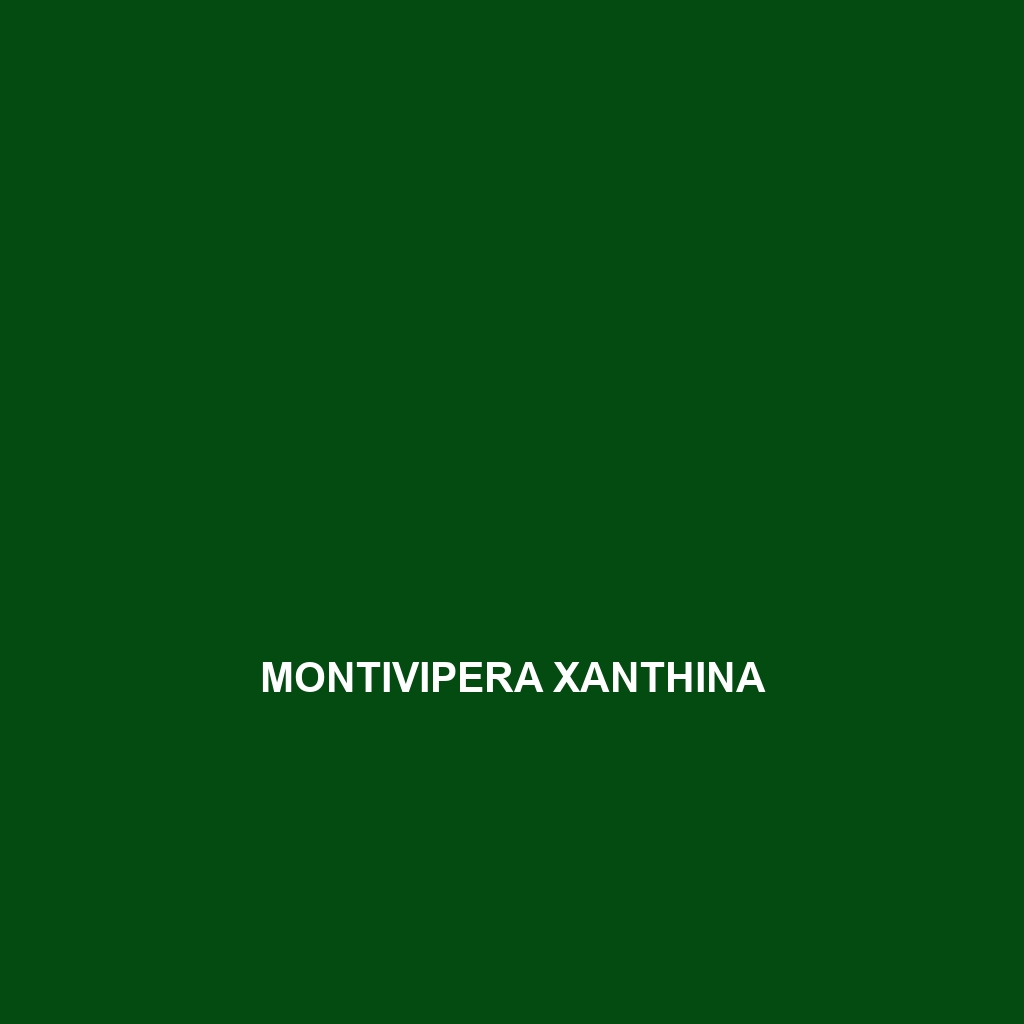Discover the Pareas macularius, or spotted slug snake, a slender, mottled snake averaging 60 to 80 cm, thriving in the humid rainforests and temperate forests of Southeast Asia. Primarily an insectivore, it features exceptional camouflage and plays a vital role in the ecosystem by controlling slug and snail populations.
Tag: Ovoviviparous reptiles
Oxyrhopus occipitalis
Experience the fascinating world of the <b>Oxyrhopus occipitalis</b>, or occipitalis snake, distinguished by its striking coloration, unique "eye" markings, and its role as a predator in the tropical rainforests of Central and South America. This nocturnal species thrives in diverse habitats, showcasing adaptability through its varied diet and intriguing defensive behaviors.
Oxyrhopus formosus
Discover the stunning Oxyrhopus formosus, commonly known as the False Coral Snake, a striking reptile characterized by its vibrant coloration and unique ability to mimic venomous snakes. Native to humid tropical rainforests in Central and South America, this nocturnal species plays a vital ecological role by regulating prey populations while thriving in diverse habitats.
Oligosoma kokowai
Discover the vibrant Oligosoma kokowai, or red-skink, native to the temperate forests of New Zealand, characterized by its elongated body, striking red to brown coloration, and unique ovoviviparous reproductive method. This agile insectivore plays a vital role in its ecosystem by regulating invertebrate populations and serving as prey for larger predators.
Oligosoma hoparatea
The Oligosoma hoparatea, or Hoparate Skink, is a small, diurnal reptile found in the warm, temperate forests and savannas of New Zealand, known for its rich brown and green coloration, and its unique ability to regenerate its tail. This vulnerable species plays a crucial role in its ecosystem by controlling insect populations and contributing to soil health.
Oligosoma homalonotum
The Southern Skink (Oligosoma homalonotum) is a diurnal, insectivorous reptile native to New Zealand's temperate forests and coastal regions, averaging 10 to 20 cm in length with smooth, glossy skin and earthy coloration. It plays a vital role in its ecosystem by controlling insect populations and serves as a prey species for larger predators.
Nerodia sipedon
<p>Discover the <b>Northern Watersnake</b> (<i>Nerodia sipedon</i>), a medium-sized aquatic snake found in North America's rivers, marshes, and ponds. Known for its variable coloration and exceptional swimming abilities, it plays a vital role in controlling fish and amphibian populations while thriving in diverse aquatic habitats.</p>
Natrix maura
Discover the Viperine Water Snake (<i>Natrix maura</i>), a medium-sized, diurnal snake found in southern Europe's wetland regions. Known for its slender body, distinctive coloration, and excellent swimming abilities, it primarily feeds on small fish and amphibians while playing a crucial role in maintaining the aquatic ecosystem's balance.
Natrix helvetica
Discover the Montpellier snake (<i>Natrix helvetica</i>), an agile, diurnal predator found across Europe, thriving in wetlands and grasslands. With its distinctive olive-green to brown coloration and exceptional swimming skills, this harmless snake plays a crucial role in maintaining ecological balance by controlling amphibian populations.
Montivipera xanthina
The Montivipera xanthina, or yellow-spotted viper, is a nocturnal snake native to the Taurus Mountains of Turkey, characterized by its robust triangular head, distinctive yellow or cream-colored spots, and a diet primarily consisting of small mammals and birds. This ovoviviparous species plays a vital role in its ecosystem as both a predator and prey, contributing to the ecological balance of its mountainous habitat.









